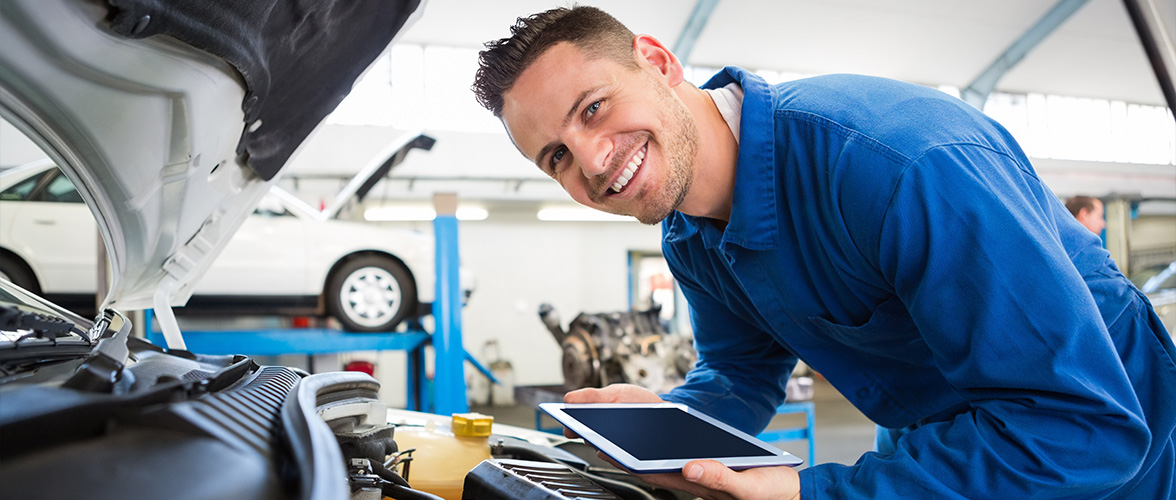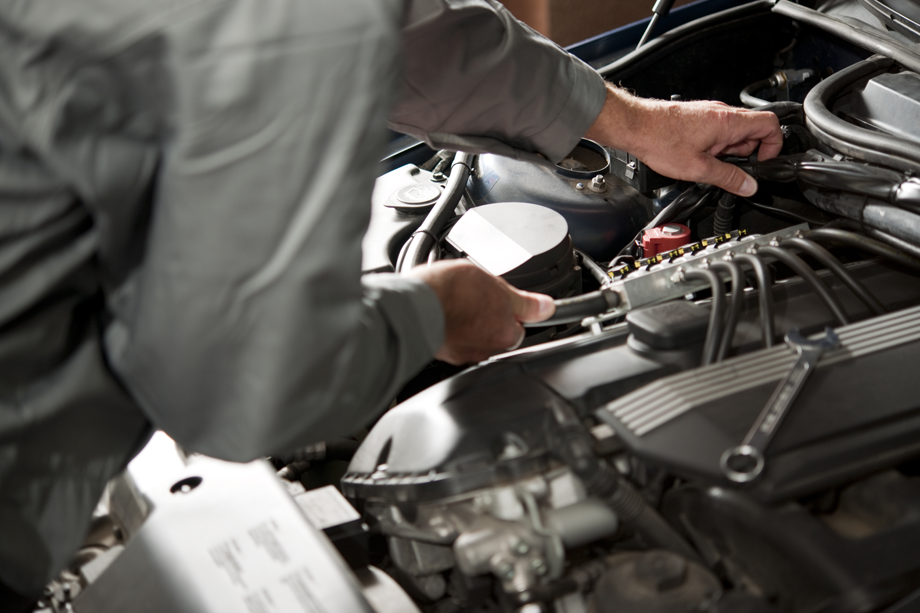All Categories
Featured
An auto getting too hot can be a demanding situation, particularly if it takes place suddenly. High engine temperature levels can result in severe damages otherwise addressed quickly. Recognizing what to do when your vehicle overheats and comprehending just how to stop it can conserve you from costly fixings and ensure your safety when traveling.
![]()
If Your Vehicle Gets too hot,What to Do. Draw Over Securely. As quickly as you see indications of getting too hot-- such as heavy steam increasing from the hood, a surging temperature gauge, or warning lights-- draw over to a risk-free location. Shut off the engine promptly to avoid further damages.
Shut Off the AC and Switch On the Heating unit. If you're not able to pull over as soon as possible, switch off the a/c to lower engine lots and switch on the heating system. This redirects warmth far from the engine and right into the cabin, which can help decrease the engine temperature level temporarily.
Open the Hood (with Caution) Await the engine to cool off prior to opening up the hood. Opening it ahead of time can expose you to hot vapor or hot liquids. Once it's safe, examine the engine for obvious indications of difficulty, such as dripping coolant or a busted radiator pipe.
Examine the Coolant Degrees. If you have coolant or water in your lorry, include it to the reservoir or radiator as soon as the engine has cooled off. Stay clear of including cool water to a hot radiator, as it can trigger cracking.
![]()
Call for Help. Speak to a tow truck or roadside aid if you're not able to diagnose or settle the issue. Driving with an overheated engine can bring about significant damage, such as a blown head gasket or deformed engine parts.
How to avoid Your Cars And Truck from Overheating. Examine Coolant Levels Regularly. Guarantee your lorry constantly has the proper quantity of coolant. Reduced coolant levels are just one of one of the most usual sources of getting too hot. Regularly examine the coolant storage tank and leading it off if needed.
Check Radiator and Hose Pipes. Try to find fractures, leakages, or loosened links in the radiator and tubes. Replace any broken components without delay to stop coolant leakages.
Maintain Your Cooling System. Flush and re-fill the air conditioning system as suggested in your lorry's proprietor guidebook. With time, old coolant can shed its performance and fail to secure the engine from overheating.
Screen the Thermostat and Water Pump. A defective thermostat or water pump can interrupt the air conditioning system's feature. Have actually these elements evaluated throughout regular upkeep to catch issues early.
Prevent Straining Your Car. Excessive weight places extra pressure on the engine and air conditioning system. Maintain your tons within the maker's advised restrictions.
View the Temperature Level Scale. Focus on your temperature gauge, particularly throughout heat or when driving up high inclines. If the scale starts to climb, take precautions such as minimizing speed or switching off the air conditioning.
Final thought. Performing swiftly and safely can stop additional damage to your engine. With appropriate care, you can keep your engine running smoothly and prevent the hassle of an overheated lorry.

If Your Vehicle Gets too hot,What to Do. Draw Over Securely. As quickly as you see indications of getting too hot-- such as heavy steam increasing from the hood, a surging temperature gauge, or warning lights-- draw over to a risk-free location. Shut off the engine promptly to avoid further damages.
Shut Off the AC and Switch On the Heating unit. If you're not able to pull over as soon as possible, switch off the a/c to lower engine lots and switch on the heating system. This redirects warmth far from the engine and right into the cabin, which can help decrease the engine temperature level temporarily.
Open the Hood (with Caution) Await the engine to cool off prior to opening up the hood. Opening it ahead of time can expose you to hot vapor or hot liquids. Once it's safe, examine the engine for obvious indications of difficulty, such as dripping coolant or a busted radiator pipe.
Examine the Coolant Degrees. If you have coolant or water in your lorry, include it to the reservoir or radiator as soon as the engine has cooled off. Stay clear of including cool water to a hot radiator, as it can trigger cracking.

Call for Help. Speak to a tow truck or roadside aid if you're not able to diagnose or settle the issue. Driving with an overheated engine can bring about significant damage, such as a blown head gasket or deformed engine parts.
How to avoid Your Cars And Truck from Overheating. Examine Coolant Levels Regularly. Guarantee your lorry constantly has the proper quantity of coolant. Reduced coolant levels are just one of one of the most usual sources of getting too hot. Regularly examine the coolant storage tank and leading it off if needed.
Check Radiator and Hose Pipes. Try to find fractures, leakages, or loosened links in the radiator and tubes. Replace any broken components without delay to stop coolant leakages.
Maintain Your Cooling System. Flush and re-fill the air conditioning system as suggested in your lorry's proprietor guidebook. With time, old coolant can shed its performance and fail to secure the engine from overheating.
Screen the Thermostat and Water Pump. A defective thermostat or water pump can interrupt the air conditioning system's feature. Have actually these elements evaluated throughout regular upkeep to catch issues early.
Prevent Straining Your Car. Excessive weight places extra pressure on the engine and air conditioning system. Maintain your tons within the maker's advised restrictions.
View the Temperature Level Scale. Focus on your temperature gauge, particularly throughout heat or when driving up high inclines. If the scale starts to climb, take precautions such as minimizing speed or switching off the air conditioning.
Final thought. Performing swiftly and safely can stop additional damage to your engine. With appropriate care, you can keep your engine running smoothly and prevent the hassle of an overheated lorry.
Latest Posts
Professional Residential Roof Solutions You Can Trust Fund
Published May 25, 25
1 min read
Picking the Right Roofing Shade: Influence On Energy Performance
Published May 24, 25
1 min read
Experience WyHy FCU – The Key to Smarter Finances in Wyoming
Published May 22, 25
1 min read